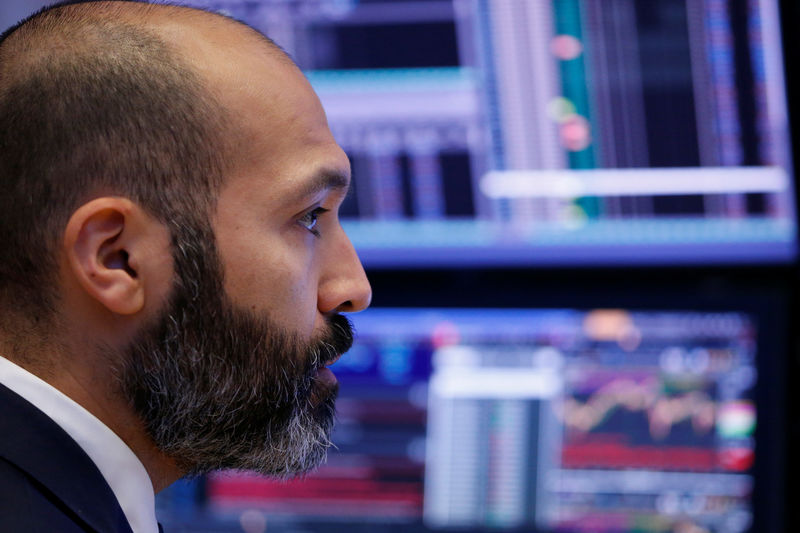By Byron Kaye and Cordelia Hsu
SYDNEY (Reuters) – For Tereza Hussein, a 14-year-old refugee who lives in Darwin, Australia’s planned social media ban would mean losing a direct line to the most important person to her: a grandmother she has never physically met.
“It’s the only way I’ve ever connected to my grandma before, over socials,” said Hussein, who was born in the Democratic Republic of Congo but lived in a refugee camp in Malawi before settling in Australia when she was nine.
“It’s going to have a very big change in my life because it’s going to be hard for me to talk to the people that I’ve left behind,” she said.
While Hussein rarely posts on social media, she uses Meta’s Instagram and Snapchat primarily to view and discuss photos and videos from family and friends.
She represents what experts say is a blind spot in a plan by Australia’s government to put an age minimum on social media in response to concerns about bullying, predatory grooming and physical and mental health.
For teenagers from migrant, LGBTQIA+ and other minority backgrounds, an age block could cut off access to essential social support.
Some 97% of Australian teenagers use social media across an average of four platforms, surveys show, making them among the world’s most connected youth.
Nearly two-thirds of parents of Australian teenagers reported concerns about their children’s social media use, according to a 2024 survey by youth service ReachOut.
Now the government wants to curb social media addiction by cutting the cord.
While the ban is yet to be legislated and at present lacks key details — such as which ages and platforms it would affect — the government’s first step is to trial age verification.
Youth advocates, however, warn the ban will cut social connections for vulnerable youth and have instead called for tech platforms to better enforce safe interactions.
“The ban is pretty much the opposite of what we would recommend,” said Amelia Johns, an associate professor of digital media at University of Technology, Sydney, who studied migrant teens’ social media use during COVID-19 lockdowns.
“Everyone is living in social media. For a lot of young people it’s not an option to opt out, and I do wonder about the mental health consequences of a complete blanket ban.”
So far, no country has rolled out an age-based ban targeting internet platforms. France and Britain have tested age verification but are yet to go live with a ban, while some U.S. states require age verification to access restricted content.
Australia plans to introduce legislation by the end of the year. While no lower age limit has been proposed, officials have suggested around 14 to 16.
“If I lost social media it would make me feel a lot more isolated,” said Ben Kioko, a 14-year-old from Sydney who self-described as autistic and part of the LGBTQIA+ community.
“Since I struggle with mental health issues like anxiety and depression, it would make those a lot worse than they already are and could really affect my life long-term,” he added.
Prime Minister Anthony Albanese is a key proponent of the ban.
“Parents want their kids off their phones and on the footy field, so do I,” he said in September.
A spokesperson for Albanese didn’t respond to Reuters’ request for comment
Justine Humphry, a media researcher at University of Sydney who has published an online safety programme, said while social media companies should better protect teenagers, an outright ban was based on “nostalgia” for a childhood without screens that she described as “fiction”.
Meta, which also owns Facebook (NASDAQ:) and WhatsApp, declined to comment. It has said it supports protecting young users from harmful content and interactions but an age block should be the responsibility of smartphone makers.
The company upped privacy default settings for under-18 Instagram users this September and said those under 16 need parental approval to relax settings.
Alphabet (NASDAQ:), owner of YouTube, one of the most popular platforms for teenagers, declined to comment but said in a blog post it has features to give parents oversight of their children’s use.
‘WORKAROUNDS’
Elsewhere, no attempts to enforce age restrictions have succeeded partly due to access to virtual private networks (VPNs) that hide users’ locations and personal information, experts said.
A report by former judge Robert French, commissioned by South Australia state to support its own separate plan for a teen social media ban, noted “there will undoubtedly be workarounds by knowledgeable child users”.
A 2022 age verification trial in France, which wants social media restricted to 15 and above, found nearly half the country’s teenagers could use VPNs, said Olivier Blazy, a computer scientist at Paris’s Ecole Polytechnique who worked on the project.
Antonio Cesarano, product manager for Proton VPN, said customer numbers typically surged when restrictions were introduced.
In 2021, soon after YouTube started asking users for identification to view age-restricted content, a developer using the alias ZerodyOne posted software on open source website Github that helped users bypass the restrictions.
It has been downloaded about 2.5 million times, according to data shared by ZerodyOne, who gave only his first name, David.
Sydney high school student Enie Lam, 16, said she uses a VPN to bypass her school’s wifi restrictions for school-assigned research like reading news articles online.
“I understand that using social media a lot is not a good thing and I’m working on it,” she said. “But a ban is not going to work.”
Read the full article here
















